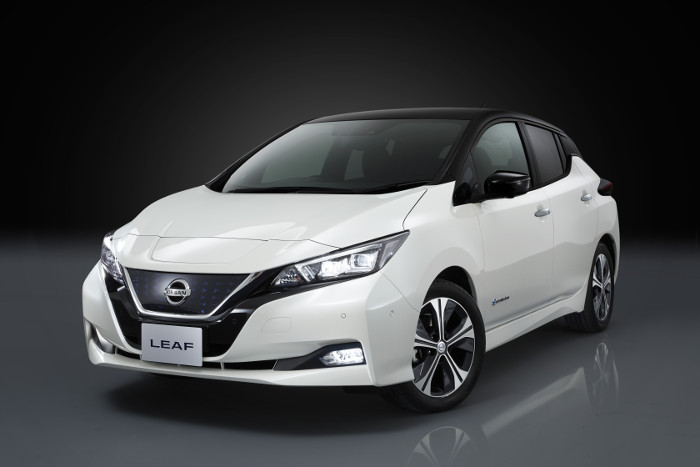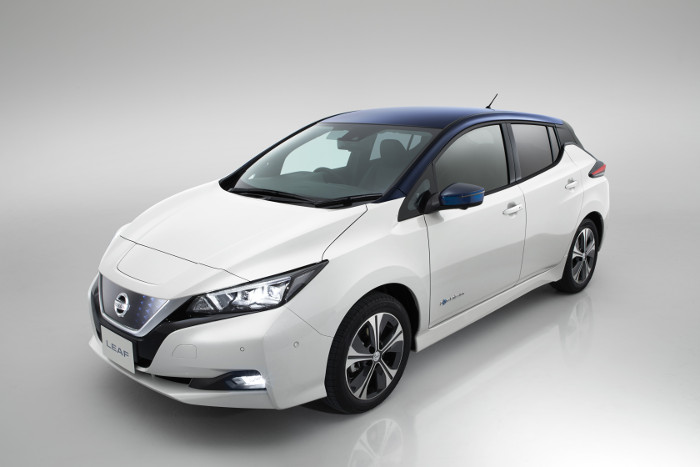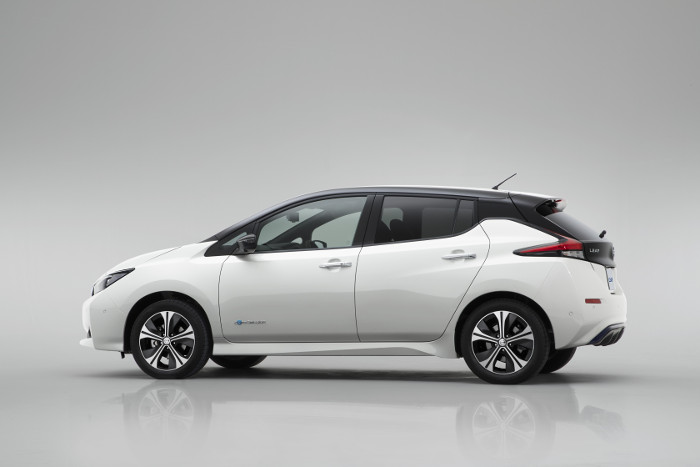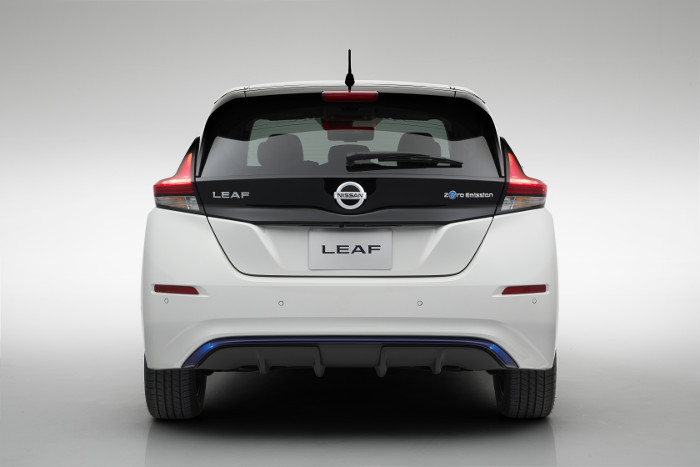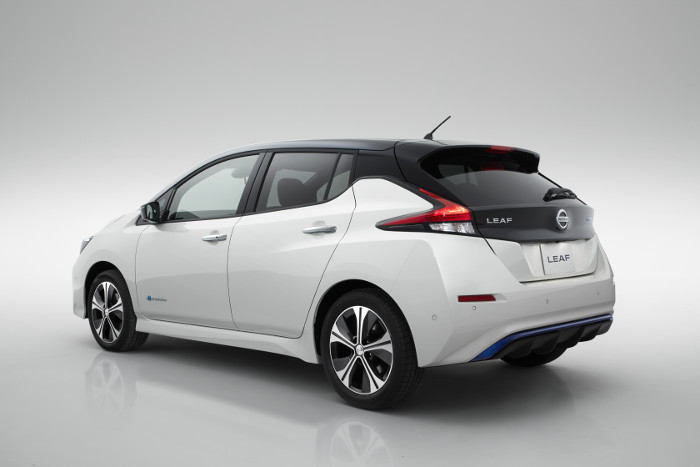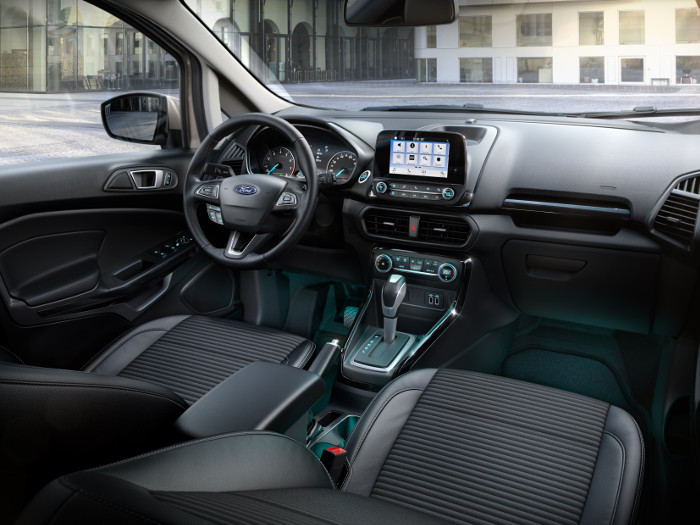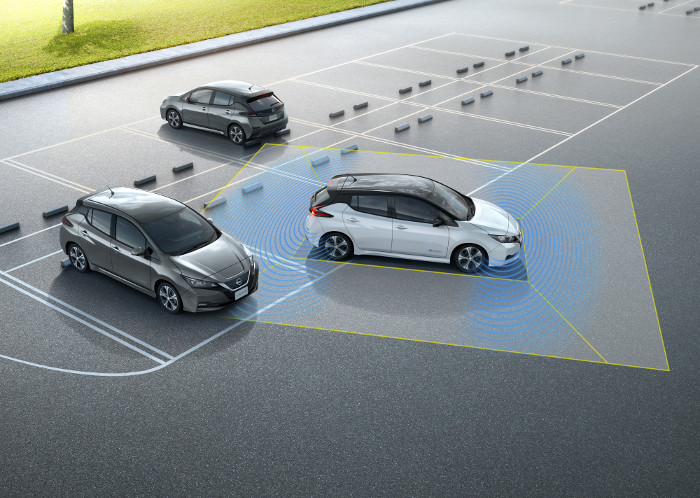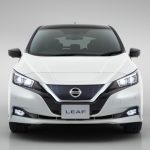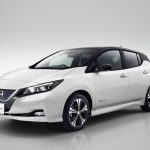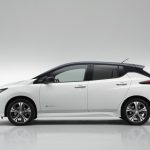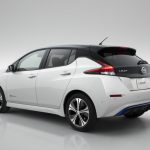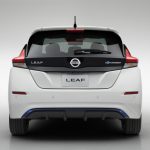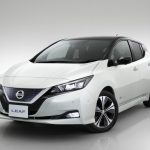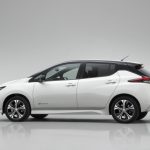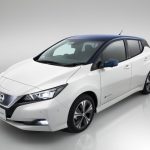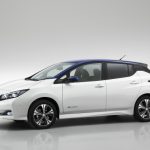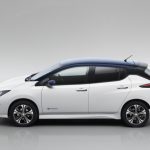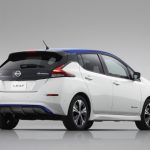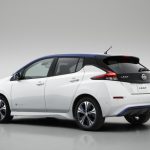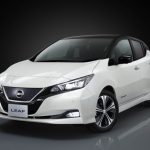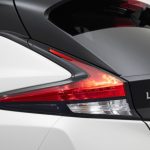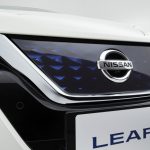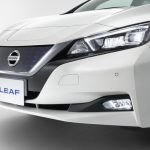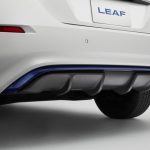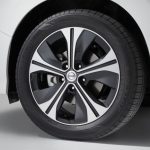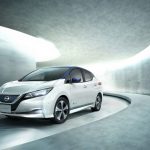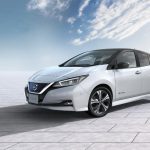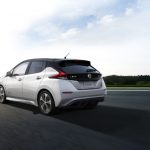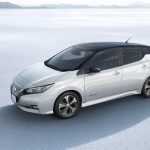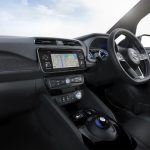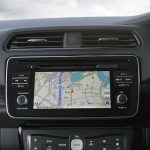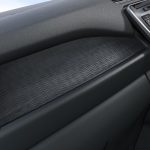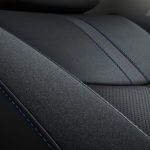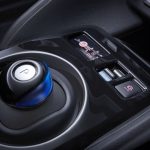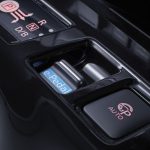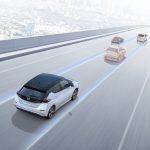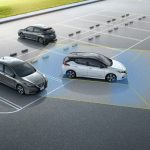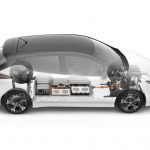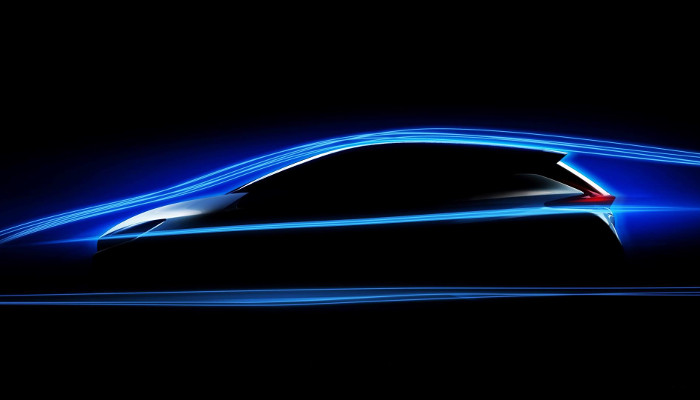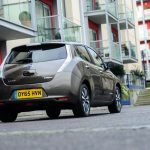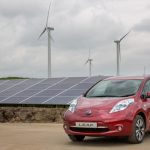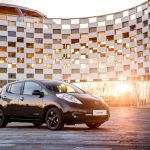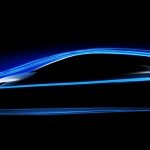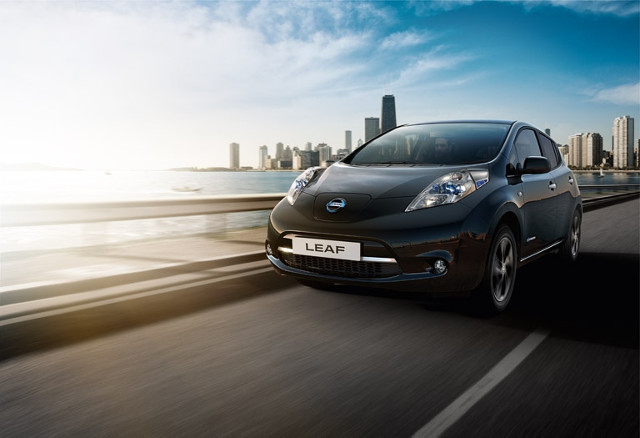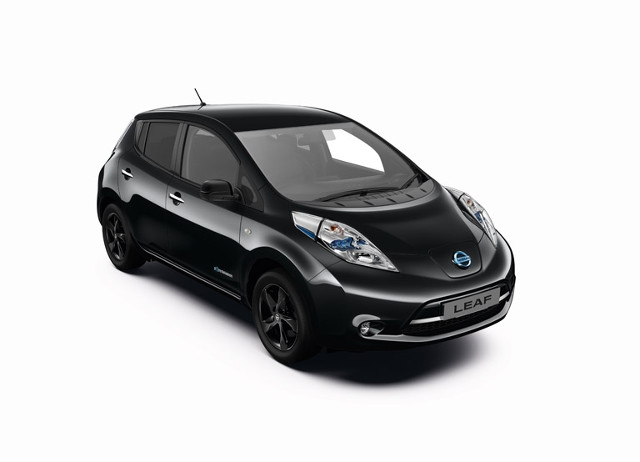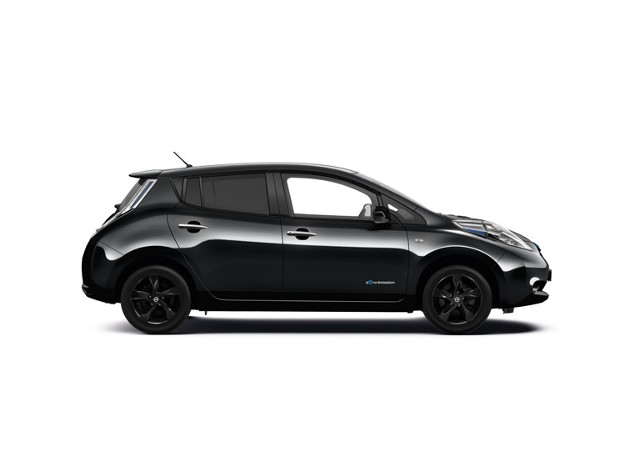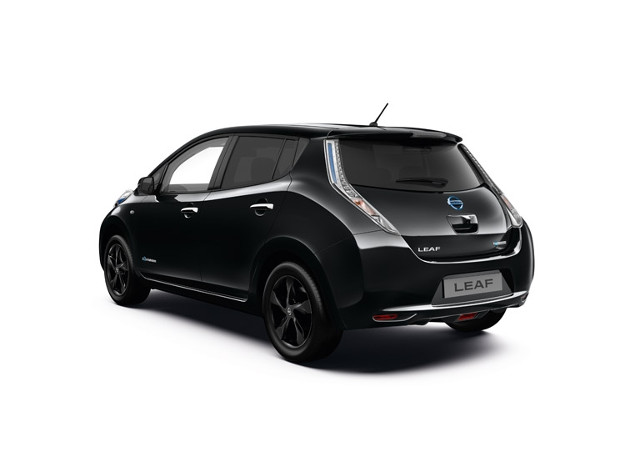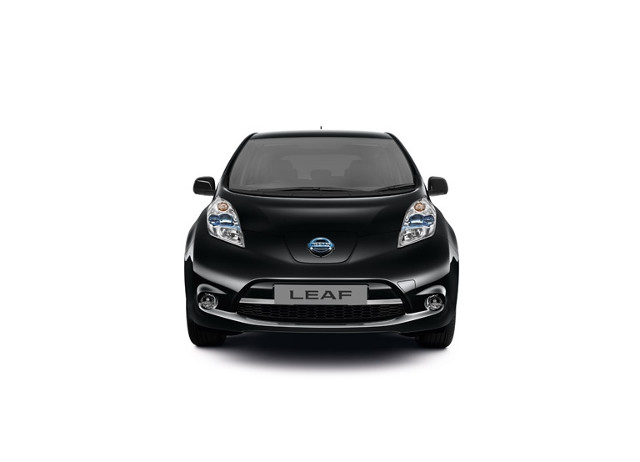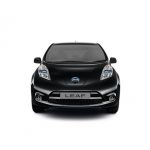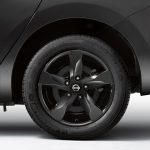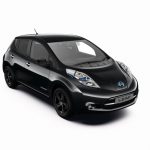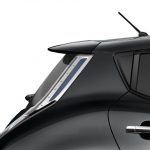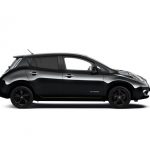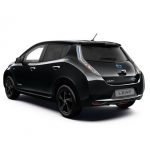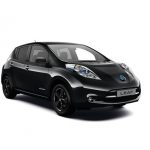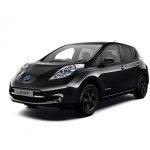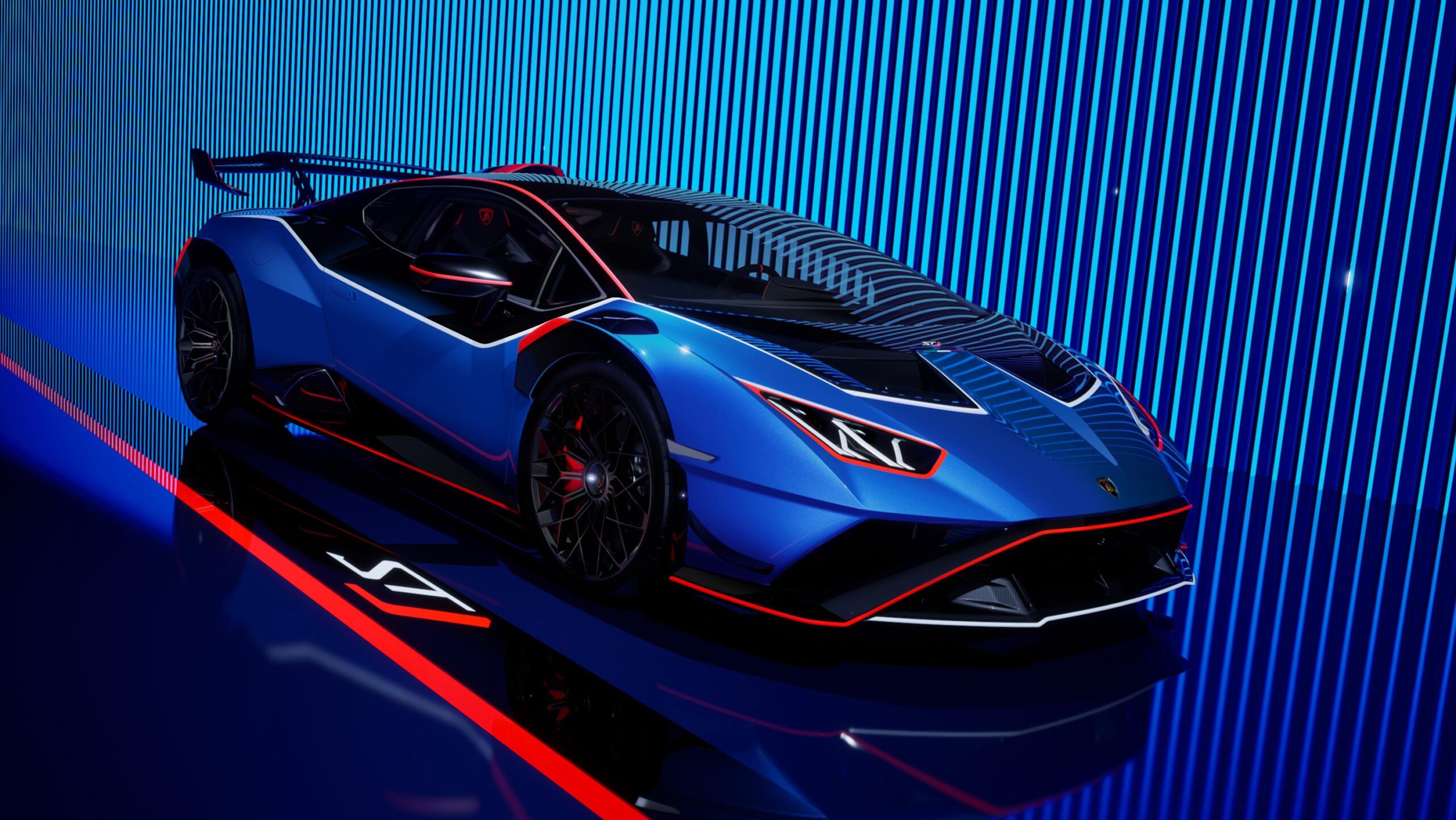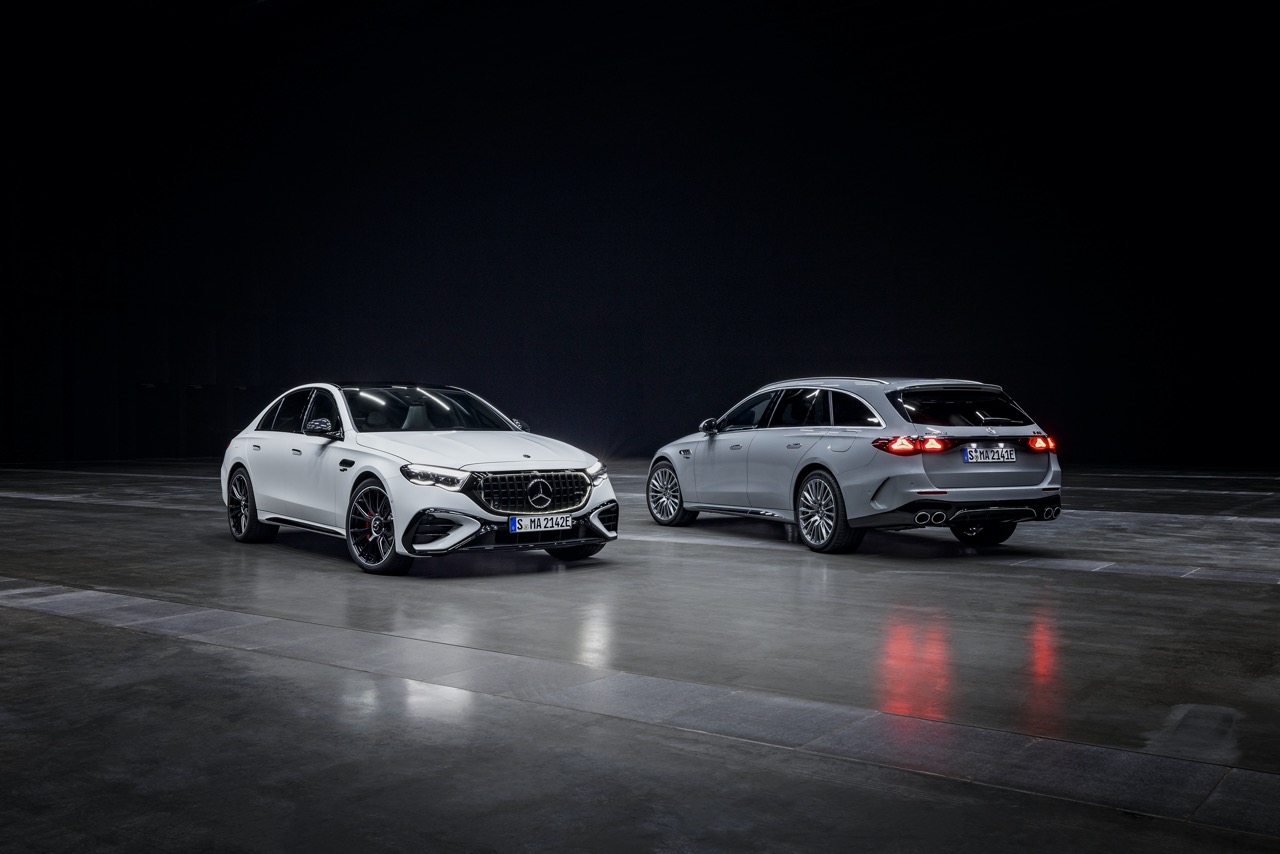Nissan has unveiled the highly anticipated second generation EV, the Leaf. Building on the success of its predecessor that burst onto the scene in 2010, the new car aims to be the smartest electric vehicle on the market.
Though it features the same basic silhouette as its predecessor, the car has been given a completely new look. Gone is the fish eye-like front end and in its place, a more contemporary look with sharp projector headlights that meet the narrow yet prominent V motion chrome grille.
The new Leaf stills sports the swept back look of its predecessor but seems to feature a sportier side profile thanks to a pair of decent side skirts and a two-tone paint scheme. This theme is carried to the rear as well because part of the hatch has a gloss black finish.
It also features more angular but less prominent rear taillights that are smaller than its predecessor. The bottom section of the rear bumper resembles that of a diffuser, but we aren’t sure whether its fully-functional or just there for vanity purposes.
Fitted at the base of the car is a higher density battery pack that is about 40% more efficient than the one fitted to the 2010 car. As such it enables the new Leaf to cover a distance of 378km on a single charge.
Nissan is very proud of the car’s e-powertrain, which offers better efficiency and is able to deliver 148bhp and 320Nm of torque. The smart thing about the new car is that it is able to charge as and when necessary as well as when tariffs are lower.
The car can also feed power back into the power grid and power your home during the day to help reduce your electricity bill. Though these features won’t be beneficial in all global markets, it will help owners in places where sufficient infrastructure is in place to support EVs.
As expected, the new Leaf comes with all the latest tech which include ProPILOT, ProPILOT Park and e-Pedal. ProPILOT is an intelligent autonomous system that keeps the car in its respective lane as well as at a safe distance from the vehicle at the front. It uses mutiple ultrasound sensors to offer drivers extra security especially on long journeys.
ProPILOT Park, allow the Leaf to manouver into parking spots without the need for human intervention. Though this is nothing revolutionary, it still is impressive to witness. Lastly, there’s the e-Pedal. This system will enable the car to decelerate without the driver pressing the brake pedal.
When a driver lifts his/her foot off the accelerator pedal, the regenerative braking feature kicks allowing the car to gradually come to a complete stop. It works by applying regenerative and friction brakes automatically, which even works for steep inclinations.
This new Leaf will go on sale in Japan in October of this year with deliveries for other parts of the world slated for the beginning of 2017. Nissan aims to sell this car in more than 60 markets globally, which should include Malaysia.


